Rogue leaders are quietly planning mischief
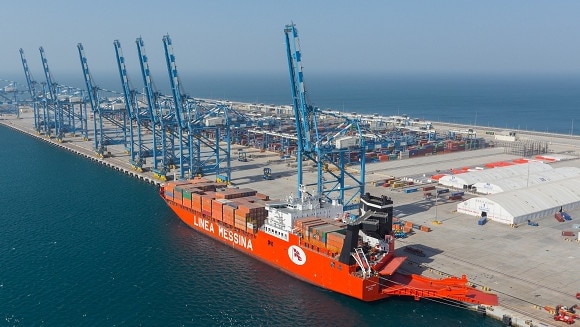
Forget for now Nassim Nicholas Taleb’s overused term “black swans”, describing extreme outlier events such as the 9/11 attack that have cataclysmic effects and defy prediction. For 2022 the dangers are of a different ilk, more like the rare snow leopards of central Asia, so beautifully camouflaged that they remain out of sight and out of mind. We have to pay attention to these masked flashpoints because they can activate deeper conflicts across the world.
There are of course obvious conflicts looming – between Russia and Ukraine, between China and Taiwan – yet the diplomatic machinery is beginning to crank into action and, despite the sabre-rattling, neither Moscow nor Beijing may be quite ready for the use of overwhelming force.
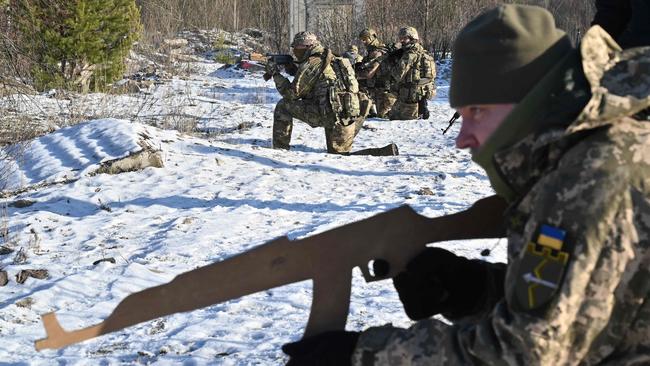
As the uncertainty continues, it is beginning to dawn on the West that Ukrainian and Taiwanese freedoms are intertwined. That raises the stakes for the two putative aggressors and may put on hold any invasion plans. I might be erring on the optimistic side but at least these fault lines in eastern Ukraine and the Taiwan straits are under close observation. Crisis scenarios are being drawn up. There is western scrutiny, even if it is still unclear for what the West is willing to fight.
With all the huff and puff about war in the east, it has been easy to miss the snow leopards. I can make out at least three.
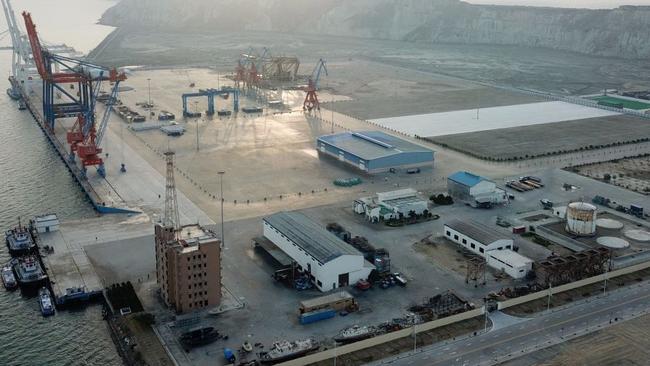
The first is the Pakistani port of Gwadar which China has been trying to turn into a de facto Chinese city, linking its western provinces to the Indian Ocean. The ultimate strategic importance is to reduce China’s vulnerability, in time of war, to a hostile blockade of the Strait of Malacca, through which 80 per cent of its oil passes into the South China Sea. Pakistan is thus the linchpin of its Belt and Road initiative and nearly $90 billion is earmarked for the so-called China-Pakistan economic corridor.
Gwadar is its crown jewel. Huge building work is under way to accommodate hundreds of thousands of Chinese workers who are expected and will live in gated communities. Overland transport corridors are being built, cables laid. But there’s trouble brewing. A radical Islamic cleric has been involved in mass protests, the Pakistani Taliban have attacked buses carrying Chinese building workers, fishermen complain that deep-sea Chinese trawlers are scooping up the stocks. Locals complain about undrinkable water, about constant security checks, about the barbed wire and guards around Chinese installations.
Could 2022 be the year that China’s overstretched Belt and Road project starts to unravel, at its most sensitive point? If it did, what would happen not only to Beijing’s maritime strategy but also its ambitions to have a lucrative relationship with the new Taliban government of Afghanistan?
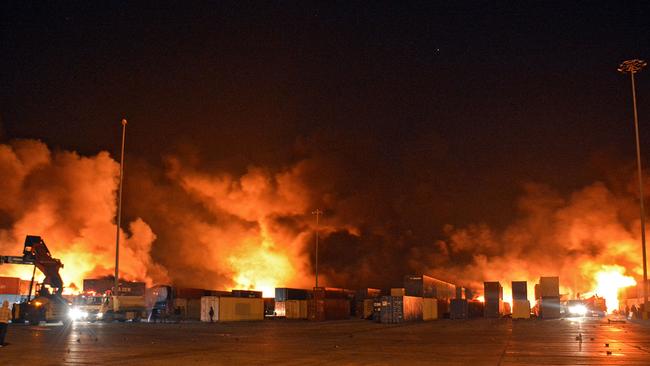
A second flashpoint lurks in the Syrian province of Latakia, Bashar al-Assad’s heartland. Israel, concerned that Iranian proxies are resupplying through the port of Latakia, have started clandestine bombing and disruption missions in the region. But Latakia is close to the Russian-run airbase at Hmeimim from which it controls the entire Syrian airspace. So far there are no obvious signs of irritation with Israel, which raises the question: is Russia secretly keen that Iranian-backed troops are de-fanged? Assad, having been forced to hand over his airspace, may be asking himself how long this shield is going to last. The complex relationship between Russia, Israel, Syria and Iran is very brittle. Will it survive the year?
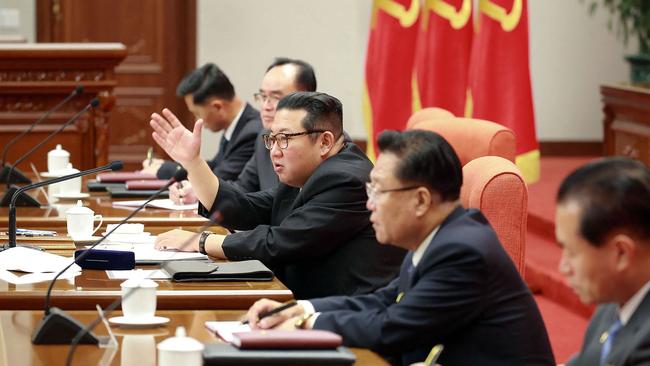
My third snow leopard is hiding in murky North Korea. Its disruptive cybercapacities have grown at incredible pace over the past year while the world was looking elsewhere. It is one of the least wired states in the world yet intelligence reports say that it can now draw on an army of hackers, many of them abroad. For “abroad” read China, which remains Kim Jong-un’s protector-in-chief.
There have already been sophisticated malware campaigns to infiltrate South Korean banks and television stations. There has been ransomware, espionage and disinformation. These powers will be tested in a kind of grand parade – the cyber equivalent of conducting another nuclear launch – when South Korea elects a new president in March. The aim will be to show that South Korea is incapable of defending itself.
Whether this amounts to pointless grandstanding or marks a new, combined insurgency of nuclear and cyberpower will become clearer as the year unfolds. China will face a dilemma: should it continue to underwrite Kim’s activities or should it pull the plug?
There’s no point in pretending that 2022 will be a year of stability. Too many players have an interest in exploiting vulnerabilities. Vladimir Putin, impatient about the delays in licensing the Nord Stream 2 pipeline, will continue to shape his energy policy around the wish to cut Ukraine out of the gas loop. His strategic aim is to show that the Ukrainian government is useless. But will he go further and use rising gas prices as a way of aggravating a cost-of-living crisis in western Europe?
It’s a natural response to two pandemic years to wish for a period of geopolitical convalescence, in which a new generation of co-operative leaders comes to the fore. No chance: autocrats everywhere have been using their lockdowns to plot mischief.
The Times



Watch out for the snow leopards, the so-called ghosts of the mountains. Foreign policy think-tankers are turning to this new zoological metaphor to talk about hidden crises that could bite us in the coming year.